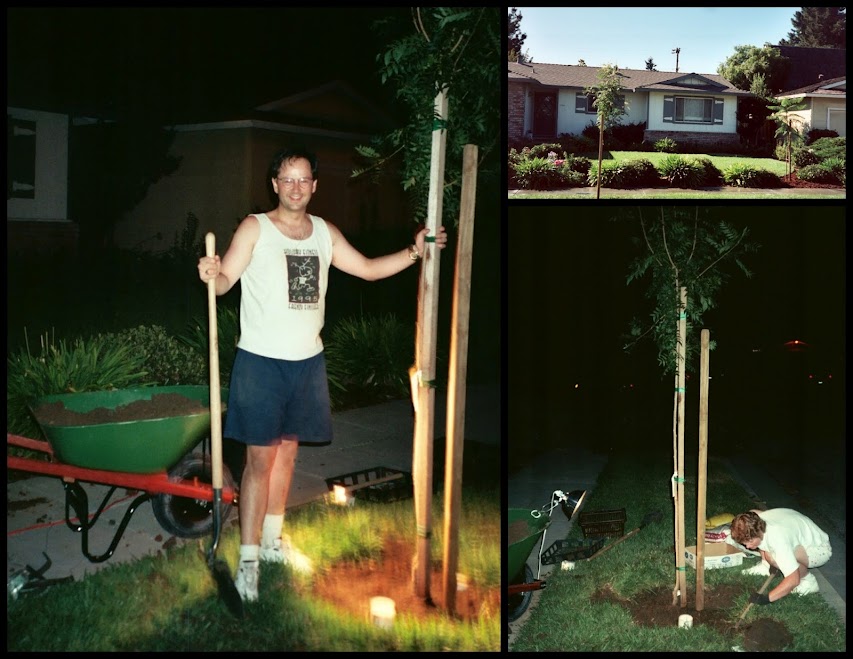First, a retraction. For the last few years I’ve been stuffing mesh apple bags with laundry lint, an offering for the neighborhood birds and squirrels. I’m not sure where I originally found the idea or if I came up with it on my own.
I asked about the lint at a recent birding class, and they said that experts no longer recommend it. The owner of our local birding store said it compacts when wet. According to this Humane Society article it ” crumbles, and it may contain harmful residues from detergents and fabric softeners.” I use green products in the wash and don’t use a softener so I thought it was fine. Now that I know better, I’m spreading the word.
Conversely, the birding store suggested offering animal fur. This seemed counter-intuitive to me since birds are cat’s prey, but I decided to give it a go. Instead of tossing the cat fur collected in the brush, I’ve been tucking it into the trees in our garden. Would we have any takers?
The answer is yes, and today I got photographic proof.
With my camera in hand, I saw a bird lift out of the shrubs with something white in her mouth. Could it be? I snapped from a distance, but couldn’t be sure till I looked at the picture close up. Sure enough, this bird has a mouthful of Beijing’s fur. Yeah!!!!
So to recap: Laundry lint is bad for nesting but animal fur is a hot commodity. My apologies for leading anyone astray.



















